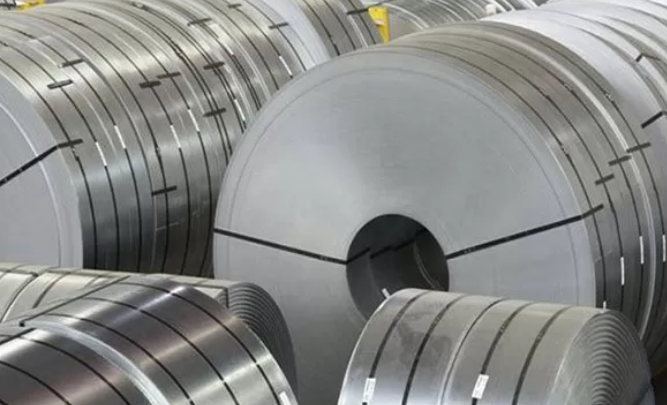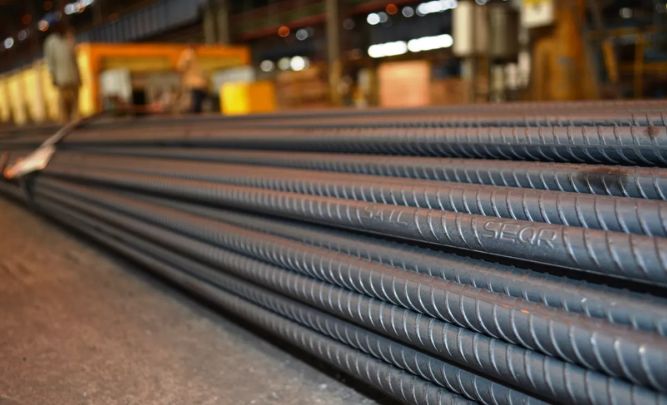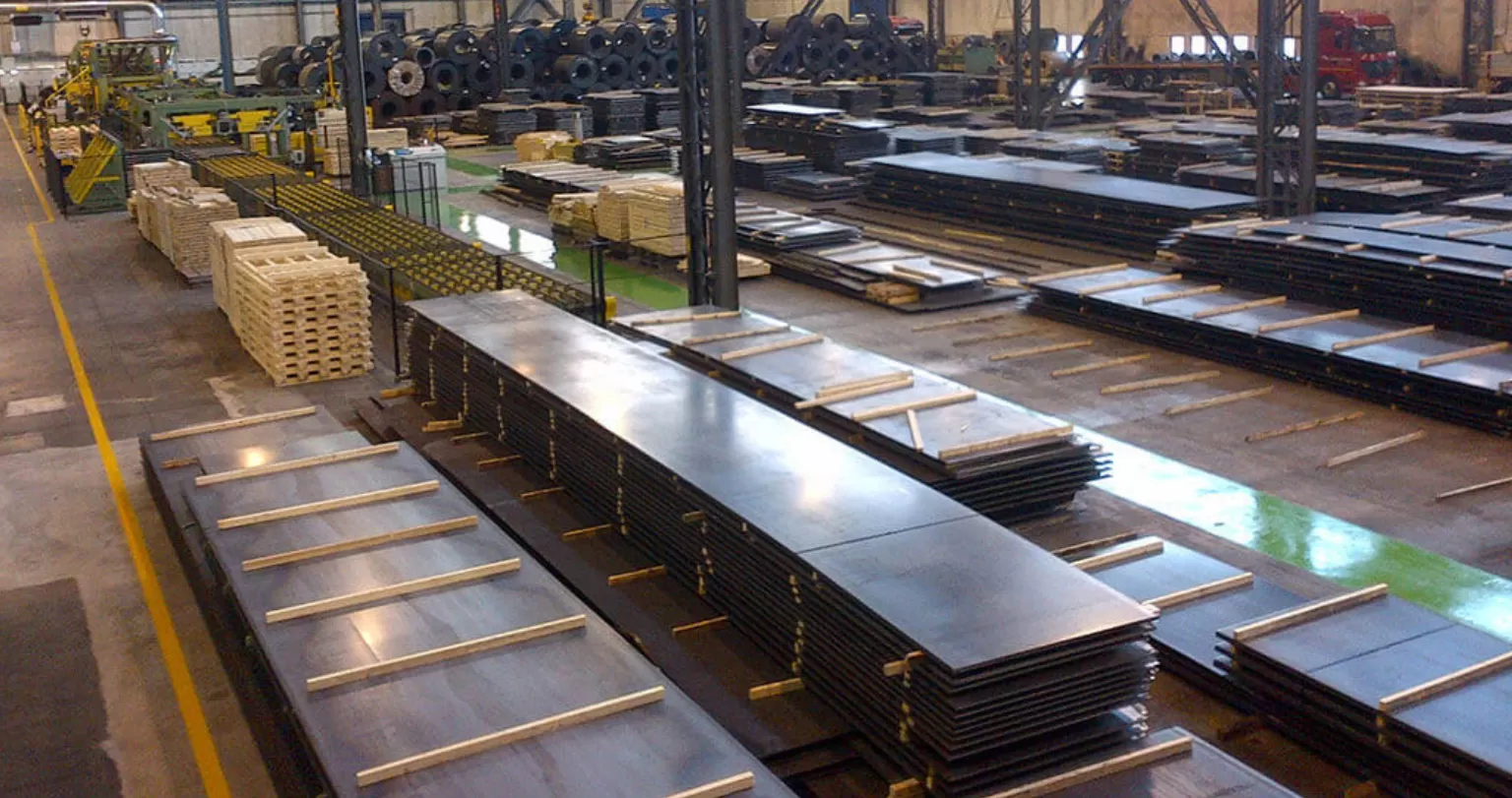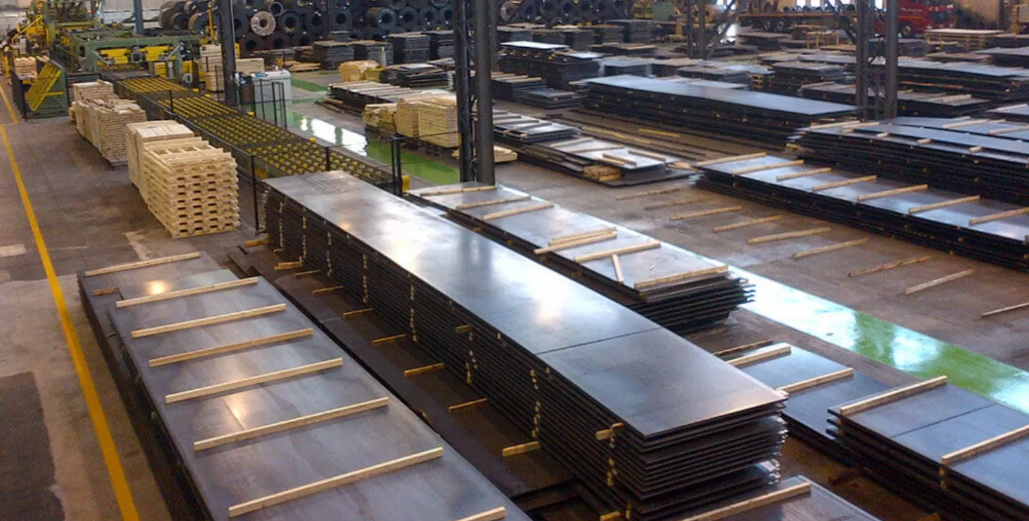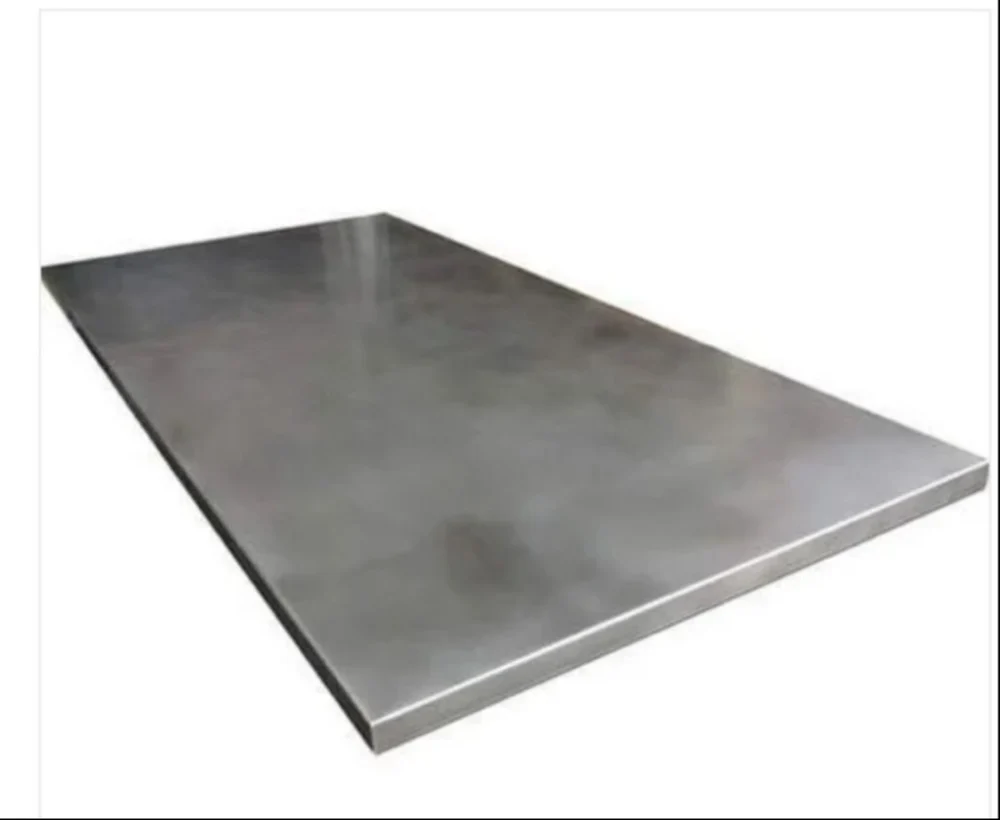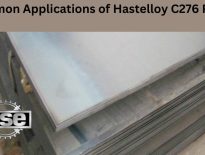Regarding construction and infrastructure projects, quality and longevity are always paramount. That’s why more and more engineers and contractors are turning to materials like Hastelloy C276 for their building needs. This strong and resilient alloy is known for its impressive corrosion resistance, making it ideal for use in harsh environments, such as those prone to high levels of acid or salt. But what are some advantages of using Hastelloy C276 sheets in construction and infrastructure projects? Let’s take a closer look.
What are Hastelloy C276 Sheets?
Hastelloy C276 Sheets is a high-performing, nickel-molybdenum-chromium-based alloy renowned for its corrosion resistance in extreme environments. These sheets demonstrate exceptional resistance to pitting and crevice corrosion and outstanding resistance to oxidizing and reducing acidic media. Other key features include excellent welding attributes, reasonable formability and fabricability, superior thermal stability, tolerance of softening at elevated temperatures, and good mechanical strength. It is also resistant to chloride stress cracking and erosion corrosion caused by turbulent seawater or high-velocity water streams. This makes Hatelloy C276 Sheets suitable for various industries, including chemical processing applications such as tank linings, heat exchanger membranes, marine engineering components exposed to seawater spray, aerospace parts with exposure towards heavy fuel mixtures, etc.
Excellent Corrosion Resistance
As mentioned above, one of the primary benefits of Hastelloy C276 is its outstanding corrosion resistance. This feature is especially important in industries such as chemical processing, where materials are often exposed to highly acidic or caustic compounds. Hastelloy C276 won’t break down or erode when exposed to these substances, ensuring that structures made with this alloy remain structurally sound and functional for years.
High-Temperature Tolerance
In addition to withstanding harsh chemical environments, Hastelloy C276 is also highly resistant to high temperatures. This makes it an excellent choice for applications requiring extreme heat exposure, such as flue-gas desulfurization systems or power generation turbines. The alloy can maintain its strength and shape even after exposure to temperatures up to 1,900°F (1,038°C).
Low Maintenance and Repair Costs
Since Hastelloy C276 is so corrosion-resistant, it requires very little maintenance and upkeep compared to other materials. Over time, this can lead to significant cost savings for building owners and operators. Additionally, if repairs are needed, they are often less costly than replacing an entire structure made from a different material. Hastelloy C276 can be easily welded or repaired with other metal alloys in the same family.
Versatility
Hastelloy C276 sheets are versatile enough for various applications, from piping and tanks to heat exchangers and pressure vessels. Their ability to resist corrosion, high temperatures, and wear makes them ideal for many infrastructure projects.
Sustainability
Because structures made with Hastelloy C276 last longer and require less maintenance, they can be considered a more sustainable choice overall. Additionally, Hastelloy C276 sheets can often be recycled at the end of their useful life, reducing waste and promoting sustainable usage.
Conclusion
Overall, the advantages of using Hastelloy C276 sheets in construction and infrastructure projects are clear. Their superior corrosion resistance, high-temperature tolerance, low maintenance requirements, versatility, and sustainable qualities make them an ideal choice for many applications. If you’re involved in a building project that requires a long-lasting, durable material, consider using Hastelloy C276 sheets to get the job done right. Your investment will pay off in the form of a long-lasting, low-maintenance infrastructure that can withstand the test of time.


